
• Economic Crisis and RecoveryCrisis económica y recuperaciónIntellectual PropertyPropiedad Intelectual
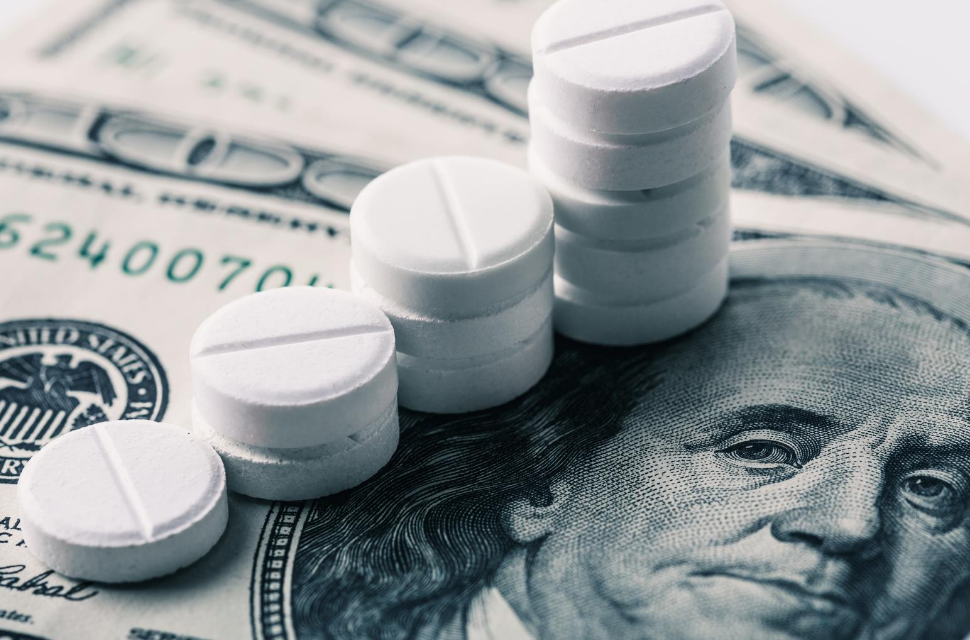
Donald Trump’s re-election campaign has been touting that he is tough on the drug companies, unlike the wimpy Joe Biden. Perhaps in Trumpland this is true, but not in the real world. Spending on prescription drugs has actually increased somewhat more rapidly under Trump than Obama-Biden, rising at a 6.3 percent annual rate under Trump compared to a 5.5 percent rate under Obama-Biden.
Here’s the picture showing year over year increases.
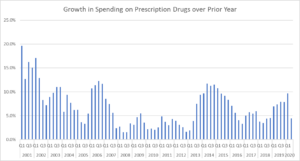
As can be seen, spending grew relatively slowly through Obama’s first term, hitting a low of just 1.9 percent in the first quarter of 2013. It then sped up over the next year before downward again at the start of 2015. In the last quarter of the administration, the fourth quarter of 2016, spending rose by 3.3 percent.
The general direction in the Trump years has been upward, with a peak of 9.7 percent in the first quarter of 2020, then a drop to 4.4 percent in the second quarter. This falloff is a direct result of the pandemic, as many people put off doctors’ visits, which meant that they would be prescribed fewer drugs. So, before the pandemic, drug spending was rising at a rapid and accelerating pace.
These data are taken from the Bureau of Economic Analysis, National Income and Product Accounts, Table 2.4.5U, Line 121.
Donald Trump’s re-election campaign has been touting that he is tough on the drug companies, unlike the wimpy Joe Biden. Perhaps in Trumpland this is true, but not in the real world. Spending on prescription drugs has actually increased somewhat more rapidly under Trump than Obama-Biden, rising at a 6.3 percent annual rate under Trump compared to a 5.5 percent rate under Obama-Biden.
Here’s the picture showing year over year increases.

As can be seen, spending grew relatively slowly through Obama’s first term, hitting a low of just 1.9 percent in the first quarter of 2013. It then sped up over the next year before downward again at the start of 2015. In the last quarter of the administration, the fourth quarter of 2016, spending rose by 3.3 percent.
The general direction in the Trump years has been upward, with a peak of 9.7 percent in the first quarter of 2020, then a drop to 4.4 percent in the second quarter. This falloff is a direct result of the pandemic, as many people put off doctors’ visits, which meant that they would be prescribed fewer drugs. So, before the pandemic, drug spending was rising at a rapid and accelerating pace.
These data are taken from the Bureau of Economic Analysis, National Income and Product Accounts, Table 2.4.5U, Line 121.
Read More Leer más Join the discussion Participa en la discusión
• Economic Crisis and RecoveryCrisis económica y recuperaciónGlobalization and TradeGlobalización y comercio

Read More Leer más Join the discussion Participa en la discusión
• Economic Crisis and RecoveryCrisis económica y recuperaciónInequalityLa Desigualdad
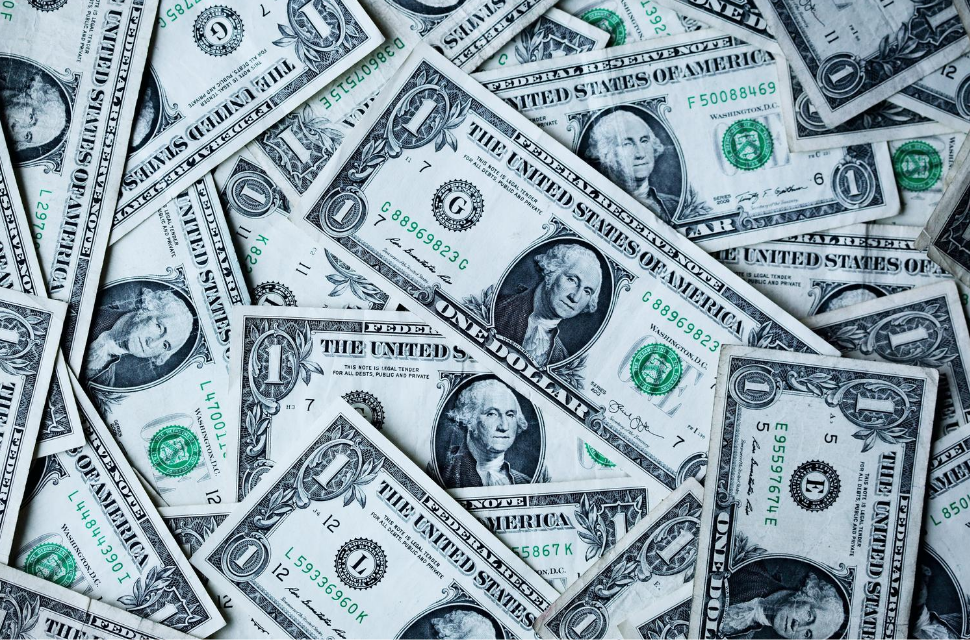
Read More Leer más Join the discussion Participa en la discusión
• Economic Crisis and RecoveryCrisis económica y recuperaciónInequalityLa Desigualdad

Read More Leer más Join the discussion Participa en la discusión
• BudgetEconomic Crisis and RecoveryCrisis económica y recuperaciónIntellectual PropertyPropiedad Intelectual
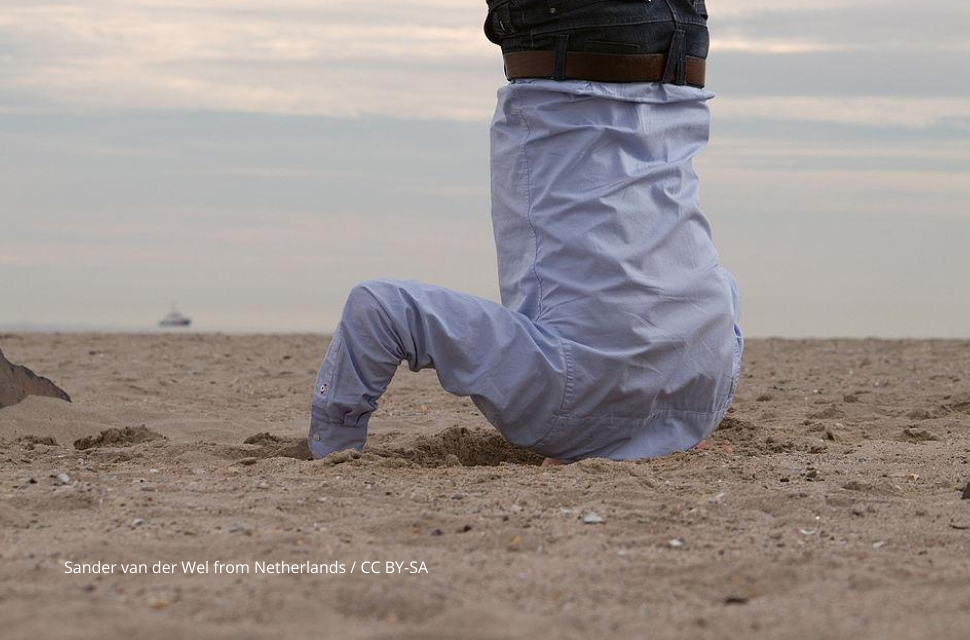
Top Biden adviser, and long-time personal friend, Ted Kaufman was seen in the Wall Street Journal warning that the debt run up by the Trump administration will seriously limit what Biden will be able to do as president. This is wrong big time, and it is the sort of silly thing that no one in a Biden administration should ever be saying.
The government’s ability to spend is limited by the economy’s ability to produce, not the debt. If the government spends too much, it will lead to inflation. When we have a period of high unemployment, as is the case now and almost certainly will still be the case if Biden takes office in January, we are very far from hitting the economy’s inflation barriers.
It takes some very deliberate head in the ground economics to argue that we are somehow limited by the size of the government debt. Japan provides a great model here. Its ratio of debt to GDP is more than 250 percent, more than twice the current U.S. level. Yet, the country is seeing near zero inflation and has a 0.03 percent interest rate on its long-term debt. The interest on its debt is near zero, since much of its debt carries a negative interest rate.
The idea that we would not address pressing needs, like climate change, child care, and health care because we are concerned about the debt burden is close to crazy. As long as the economy is not near its capacity, there is zero reason not to spend to address these priorities, and even when it does approach its capacity, we can impose higher taxes on the economy’s big winners over the last four decades.
I will also throw in one important item of logic that our deficit and debt hawks should be forced to deal with. When the government issues patent and copyright monopolies to pharmaceutical and software and other companies, this is a form of implicit debt. These monopolies are effectively private taxes that the government allows these companies to collect in exchange for their innovations or creative work.
The rent payments on these monopolies run into many hundreds of billions annually and quite possibly exceed $1 trillion a year. They dwarf interest payments on the debt. The debt whiners don’t get to exclude this implicit debt from their calculations just because they like the companies and individuals who benefit from these rents.
If people are having a hard time understanding the logic here, we can go back to pre-revolutionary France. To deal with its huge debt the government would sell off the right to collect specific taxes. I guess Mr. Kaufman and other deficit hawks would say this is fine since the country now had a lower debt burden, but that is not a serious position. It would be good if the economics profession could be united in explaining this simple logic to laypeople, but as is often said, economists are not very good at economics.
Top Biden adviser, and long-time personal friend, Ted Kaufman was seen in the Wall Street Journal warning that the debt run up by the Trump administration will seriously limit what Biden will be able to do as president. This is wrong big time, and it is the sort of silly thing that no one in a Biden administration should ever be saying.
The government’s ability to spend is limited by the economy’s ability to produce, not the debt. If the government spends too much, it will lead to inflation. When we have a period of high unemployment, as is the case now and almost certainly will still be the case if Biden takes office in January, we are very far from hitting the economy’s inflation barriers.
It takes some very deliberate head in the ground economics to argue that we are somehow limited by the size of the government debt. Japan provides a great model here. Its ratio of debt to GDP is more than 250 percent, more than twice the current U.S. level. Yet, the country is seeing near zero inflation and has a 0.03 percent interest rate on its long-term debt. The interest on its debt is near zero, since much of its debt carries a negative interest rate.
The idea that we would not address pressing needs, like climate change, child care, and health care because we are concerned about the debt burden is close to crazy. As long as the economy is not near its capacity, there is zero reason not to spend to address these priorities, and even when it does approach its capacity, we can impose higher taxes on the economy’s big winners over the last four decades.
I will also throw in one important item of logic that our deficit and debt hawks should be forced to deal with. When the government issues patent and copyright monopolies to pharmaceutical and software and other companies, this is a form of implicit debt. These monopolies are effectively private taxes that the government allows these companies to collect in exchange for their innovations or creative work.
The rent payments on these monopolies run into many hundreds of billions annually and quite possibly exceed $1 trillion a year. They dwarf interest payments on the debt. The debt whiners don’t get to exclude this implicit debt from their calculations just because they like the companies and individuals who benefit from these rents.
If people are having a hard time understanding the logic here, we can go back to pre-revolutionary France. To deal with its huge debt the government would sell off the right to collect specific taxes. I guess Mr. Kaufman and other deficit hawks would say this is fine since the country now had a lower debt burden, but that is not a serious position. It would be good if the economics profession could be united in explaining this simple logic to laypeople, but as is often said, economists are not very good at economics.
Read More Leer más Join the discussion Participa en la discusión
• COVID-19CoronavirusEconomic Crisis and RecoveryCrisis económica y recuperación
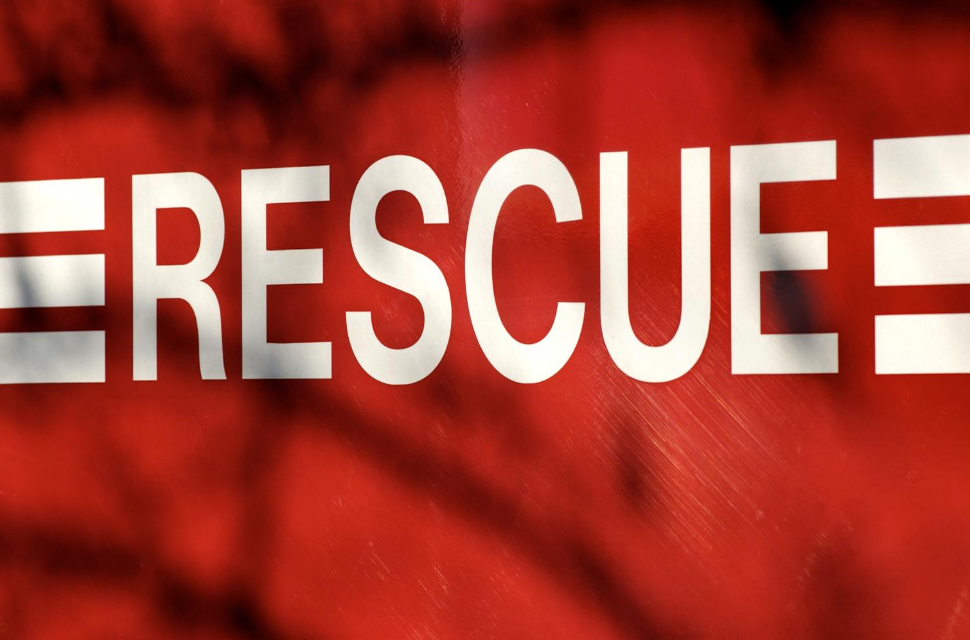
Read More Leer más Join the discussion Participa en la discusión
Hi everyone, this is Dawn, Development Director here at the Center for Economic and Policy Research. I’m hijacking Dean’s Beat the Press post today to ask all of you who aren’t already doing so to sign up to support Dean’s work through his Patreon page. Dean gives all proceeds raised through his Patreon page to CEPR, so not only will you receive early access to content, you will be ensuring that Dean’s work continues to inform the debate, especially his work on patent monopolies and economic recovery.
As loyal fans, I know that you are aware that Dean makes all of his work available for FREE. It is a great and noble thing to do for sure, but it makes my job incredibly difficult! So please, if you haven’t already, consider signing up to become a patron of Dean’s Beat the Press on Patreon. To everyone who already joined, please accept my sincere gratitude on behalf of all of us at CEPR.
And now back to your regularly scheduled program…
Hi everyone, this is Dawn, Development Director here at the Center for Economic and Policy Research. I’m hijacking Dean’s Beat the Press post today to ask all of you who aren’t already doing so to sign up to support Dean’s work through his Patreon page. Dean gives all proceeds raised through his Patreon page to CEPR, so not only will you receive early access to content, you will be ensuring that Dean’s work continues to inform the debate, especially his work on patent monopolies and economic recovery.
As loyal fans, I know that you are aware that Dean makes all of his work available for FREE. It is a great and noble thing to do for sure, but it makes my job incredibly difficult! So please, if you haven’t already, consider signing up to become a patron of Dean’s Beat the Press on Patreon. To everyone who already joined, please accept my sincere gratitude on behalf of all of us at CEPR.
And now back to your regularly scheduled program…
Read More Leer más Join the discussion Participa en la discusión
• COVID-19CoronavirusEconomic Crisis and RecoveryCrisis económica y recuperación

Read More Leer más Join the discussion Participa en la discusión
• Economic Crisis and RecoveryCrisis económica y recuperaciónEconomic GrowthEl Desarollo

Read More Leer más Join the discussion Participa en la discusión
• Economic Crisis and RecoveryCrisis económica y recuperaciónInequalityLa Desigualdad
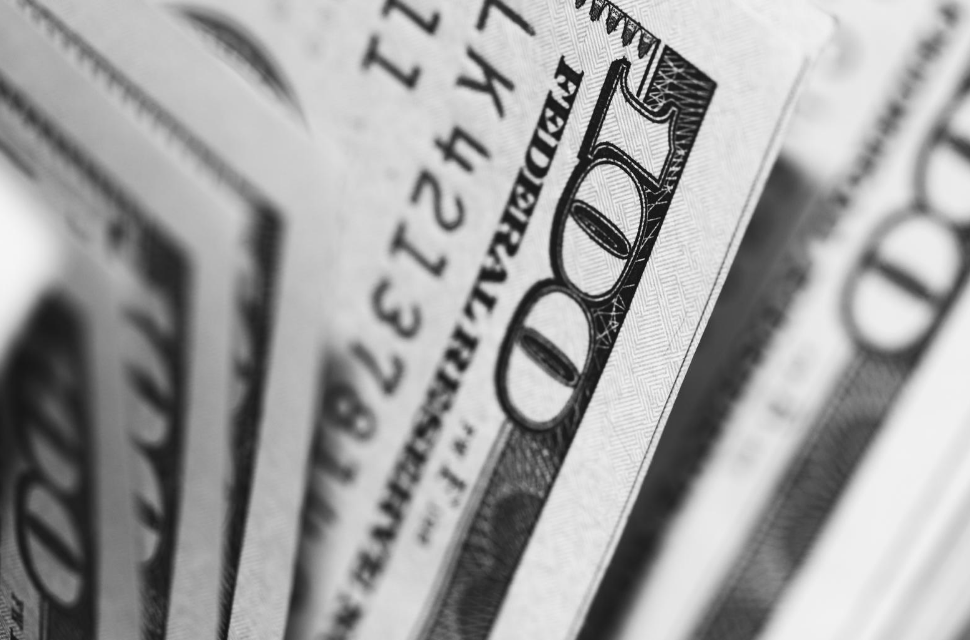
Read More Leer más Join the discussion Participa en la discusión
